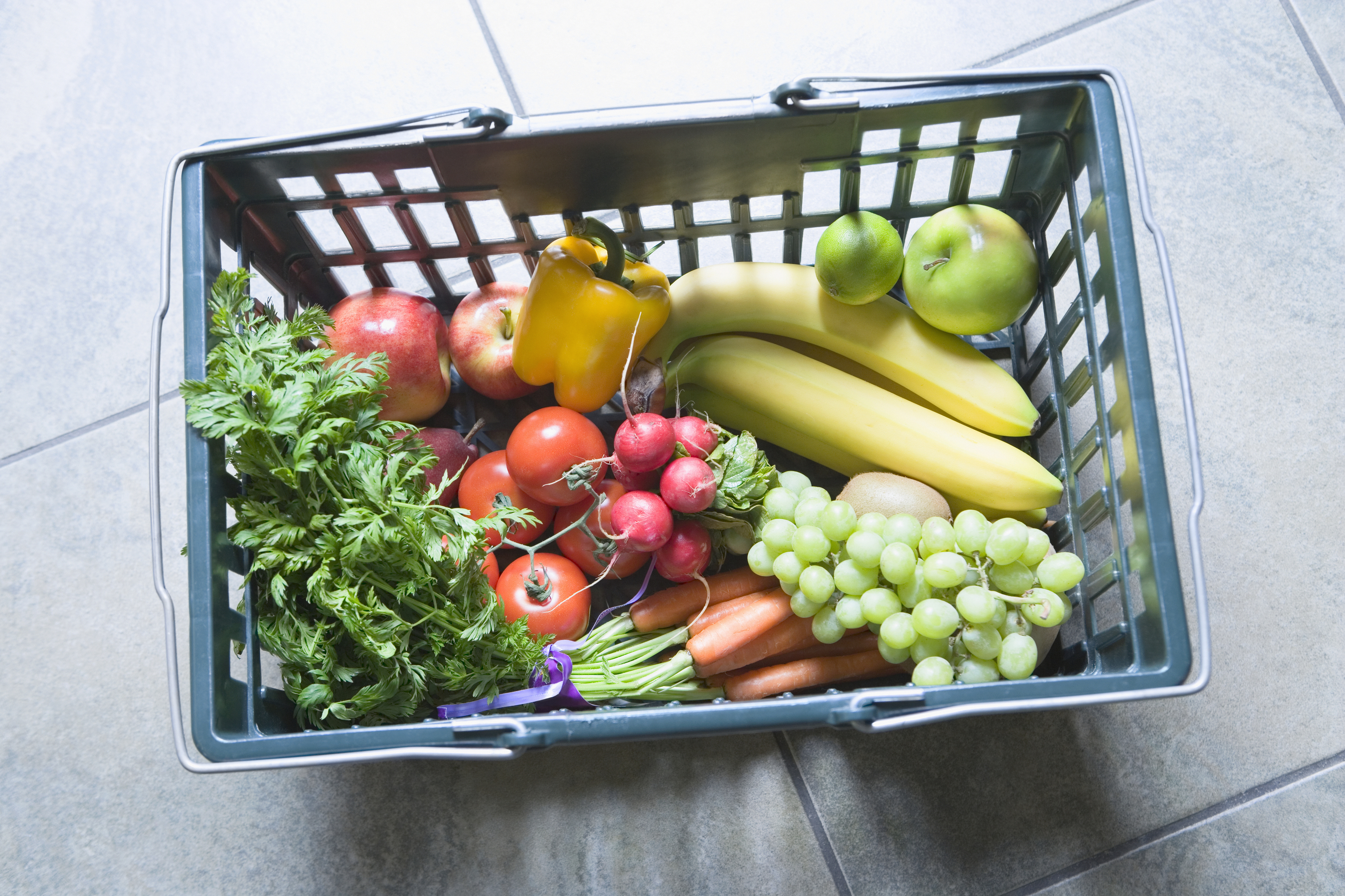Anorectal malformation (ARM) is a condition of the gastrointestinal (GI) tract in which the anus is not formed correctly. Children with ARM often have decreased sensation around their anus, which makes it difficult for them to pass stool.
The following guidelines help manage stool output and promote general bowel health. We encourage the entire family to follow a similar diet so that your child with ARM feels included in family meals.
What is the goal of a special diet for anorectal malformation?
A diet for anorectal malformation can help to make your child's stool bulkier, which helps make stooling easier. It can also reduce any gas or bloating. The goal for children with ARM, once they are toilet-trained, is to have at least one or two soft (peanut butter-like texture) stools every day with as little discomfort as possible.
Dietary guidelines to ease stooling in children with anorectal malformation
Important: Please tell your child's healthcare team if your child is already on a special diet before you follow any of the guidelines below.
Eat a high-fibre diet
Fibre helps to make the stool soft and bulky, which prevents constipation. It also helps to control blood sugar levels.
- Introduce fibre slowly, as it may cause gas and bloating at first.
- Eat a high-fibre food with every meal (see the table below).
- Make sure your child is drinking enough fluids (water is best).
- Add high-fibre foods to lower-fibre ones. For example, sprinkle ground flax or ground salba into pasta dishes or add a few tablespoons of bran to breakfast cereal.
- As well as eating meat and fish, choose proteins that are high in fibre, such as chick peas, beans or lentils.
- Consider adding natural wheat bran or psyllium to your child's food. Some psyllium products can cause choking, however, so make sure your child has no difficulties with swallowing and takes enough fluids.
Monitor your child's response to dairy
Milk and milk products contain a sugar called lactose. The body uses an enzyme called lactase to break down this sugar in the intestine. If your child does not produce enough lactase, they may find it difficult to absorb lactose and develop symptoms such as bloating, gas and diarrhea.
- Consider reducing your child's intake of lactose to see if it helps to ease their symptoms.
- Try lactose-free dairy milk or soy drinks. Avoid almond milk.
- Offer your child yogurt and firmer cheese such as Swiss or cheddar - they might find these easier to tolerate than a glass of plain milk.
- Limit milk to 500 mL a day once your child is aged over 12 months.
Limit concentrated sugars and sugar alternatives
- Sugars and sugar alternatives can increase gas and bloating and cause diarrhea.
- Avoid sweets and sugary foods such as candies, cookies, soda, juice and syrup.
- Avoid sugar alternatives such as sucrose (Splenda), sorbitol and manitol.
- Read the labels of processed food and choose foods and drinks with less than 10 g of sugar per serving.
You can find more guidelines in the table below.
| Food group | Foods that are better tolerated | Less tolerated foods |
|---|---|---|
| Vegetables and fruit |
|
|
| Grain products |
|
|
| Milk and alternatives |
Everyone tolerates dairy differently - please monitor your child's symptoms. |
|
| Meat and alternatives |
|
|
| Other foods | ||
| Sweet foods |
|
|
| Drinks |
|
|
Eat regularly
- Give your child three meals and one or two snacks each day.
- Aim to eat every three hours. Eating throughout the day will make your child's bowel work throughout the day.
Record any changes in your child's symptoms
Not all people react the same way to foods. There may be a period of trial and error while you learn what works best for your child.
Some parents find it useful to keep a record of the food their child eats and how this affects their symptoms, for example the frequency and texture of their stool and whether they feel less bloated or gassy.

